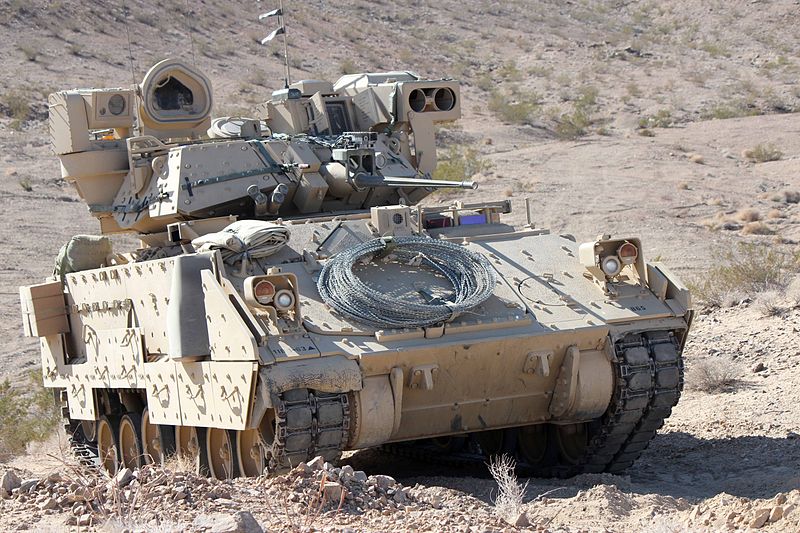
On 26 June, the US Army announced the award of two contracts for the Optionally Manned Fighting Vehicle (OMFV) for Phase III and IV, for General Dynamics Land Systems Inc. and American Rheinmetall Vehicles, with a combined value of around $1.6bn.
The OMFV multi-phase programme originally awarded contracts to five teams in 2021 to proceed to the programme’s second stage of concept design. The group of five included BAE Systems, Point Blank Enterprises, and Oshkosh Defence, none of which were awarded contracts for the forthcoming phases.
With the completion of the initial digital design phase of the programme, the US Army has renamed the OMFV programme as the XM30 Mechanised Infantry Combat Vehicle. The platform is designed with a modular open system architecture that enables the future incorporation of emerging technologies.
Replacing the Bradley Fighting Vehicle
The XM30 is intended to replace the Bradley Fighting Vehicles and is expected to introduce a range of new capabilities to the way US military formations engage in combat going forward.
Other systems that were also intended as replacements for the Bradley include the Future Combat System (FCS) programme in 1999, the Ground Combat Vehicle in 2010, and the Future Fighting Vehicle (FFV) in 2015, that was renamed as the Next Generation Combat Vehicle programme in 2018, from which OMFV has been developed.
After high levels of investment these platforms were not judged as suitable replacements for the Bradley, and the multi-phase OMFV programme was introduced as a new approach to procurement, with several teams funded through progressive stages to develop competitive designs.
Doug Bush, Assistant Secretary of the Army for Acquisition, Logistics and Technology, highlighted the significance of the XM30 programme in paving the way for non-traditional US combat vehicle prime contractors to enter the industry.
Bush went on to emphasise that by fully funding two companies for the next phases of the programme, the Army will ensure that a competitive environment is maintained. He contests that the success of the strategy is evident in the increased innovation resulting from heightened competition within the industry, particularly from non-traditional US combat vehicle prime contractors.
Competition driving OMFV innovation
According to Major General Glenn Dean, the Army’s Programme Executive Officer for Ground Combat Systems, the Army’s ability to rapidly design a transformative capability for the Army of 2030 and beyond is due to its iterative digital design approach, as well as its heightened focus on competition. Following the initial demonstration of platform performance, the vendors will engage in a restricted competition for XM30 low-rate production.
General James Rainey, commanding general of Army Futures Command said: “Modernisation is a central element of Army transformation, which provides capability and lethality for our Soldiers. The nature of our adversaries’ actions and intent, amid rapid and disruptive technological change, demands that the Army continue to transform.
“Milestones like today’s announcement for XM30 demonstrate the US army is on a sustainable path to equip today’s Soldiers with modern equipment while we invest in the technologies and systems necessary to build the Army of 2030.”







